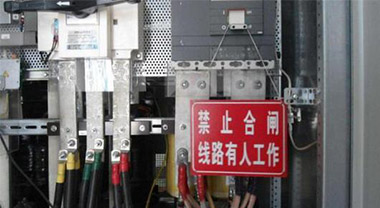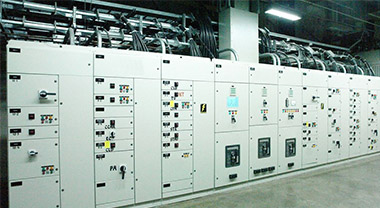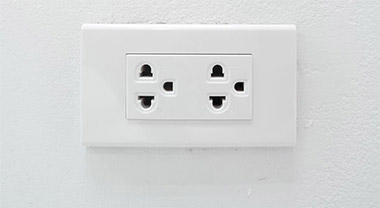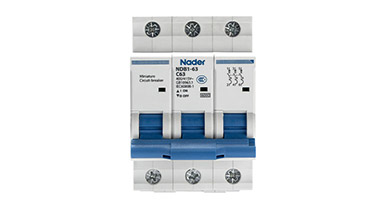Do I need an electrician to replace a circuit breaker?
Understanding the complexities of your home's electrical system can feel daunting. One crucial component is the circuit breaker, which serves as the first line of defense against electrical fires. But when a breaker needs replacing, is it a DIY job or should you call in a professional? In this comprehensive guide, we delve into the ins and outs of circuit breaker replacement, outlining safety concerns, steps to follow if you're planning to do it yourself, and how a professional electrician can be invaluable in this process.
Table of Contents
- Understanding Circuit Breakers
- Signs You Need to Replace Your Circuit Breaker
- Safety Concerns: Why Hire a Professional
- Step-by-Step Guide to Replacing a Circuit Breaker
- Professional Electrician: What They Bring to the Table
- Conclusion
Understanding Circuit Breakers
Circuit breakers are pivotal safety mechanisms in your home's electrical system. They monitor the flow of electricity and cut off the power when they detect a surge, effectively preventing electrical fires. Having a well-functioning breaker is essential to your safety.
Signs You Need to Replace Your Circuit Breaker
A failing circuit breaker may not provide adequate protection against electrical issues. Here are some signs indicating that your breaker may need a replacement:
- Repeatedly tripping
- Burn marks around the circuit breaker box
- A burning smell originating from the electrical panel
- Physical damage to the breaker
Safety Concerns: Why Hire a Professional
Replacing a circuit breaker involves working with high voltages of electricity, a task that poses significant risks if mishandled. Only trained professionals are equipped with the knowledge and tools to navigate these hazards safely. Therefore, for most homeowners, hiring an electrician is the best option.
Step-by-Step Guide to Replacing a Circuit Breaker
Though not advised for inexperienced individuals, here is a simplified step-by-step guide to replacing a circuit breaker for those with some electrical knowledge:
- Turn off the main power supply
- Remove the electrical panel cover
- Unhook the circuit breaker
- Replace with the new breaker and reattach wires
- Reinstall the panel cover and restore the power
Remember: safety first. If you're uncertain at any point, call a professional electrician.
Professional Electrician: What They Bring to the Table
Professional electricians are experts in electrical safety, troubleshooting, and repair. They are trained to identify and fix electrical problems efficiently, minimizing potential dangers. They also adhere to electrical codes and regulations, ensuring that all work is compliant and safe.
Conclusion
While replacing a circuit breaker may seem like a manageable task, it's crucial to understand the risks




